King City No. 6
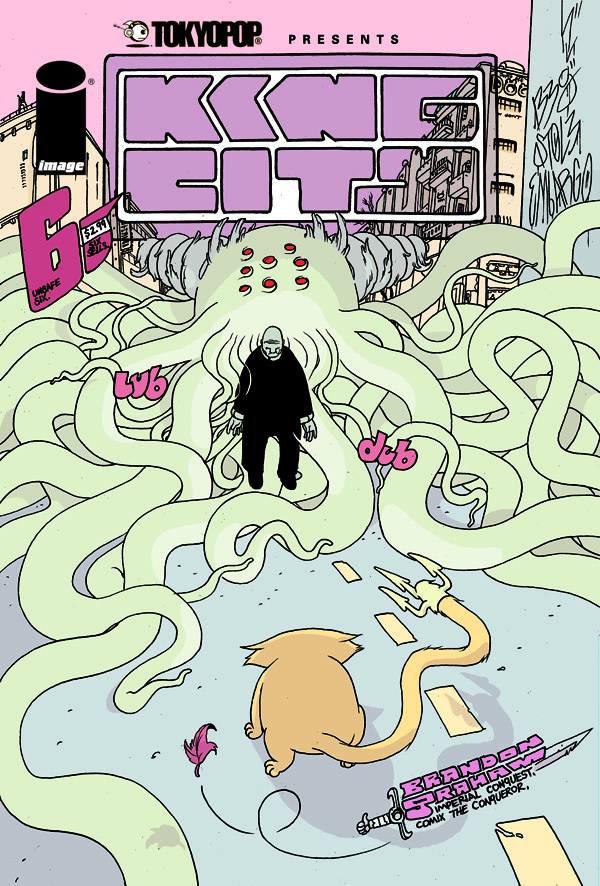
It’s way past the third issue, but I’m going to do it anyway! I am going to kick off my new THIRD ISSUE RECAP, designed to strike a balance between my own hatred of spoilers and my friend Tubby’s assertion that my reviews can read like I assume that everyone has already read the comic that I’m talking about.
THIRD ISSUE RECAP is about conveying how good something is, and works on the same assumption that SECOND ISSUE OF JUDGEMENT does: that by the end of the second issue of a series, the tone has been set and enough information about the comic has been conveyed that one can make an informed decision about it. Come issue 3, I’ll feel okay about recapping issues 1 and 2 and it shouldn’t be too hard for folks to catch up if I manage to sell anyone on the idea of picking it up.
THIRD SIXTH ISSUE RECAP! This is actually going to be a terrible recap because my copies of all five previous issues are randomly distributed among 8 boxes that are stacked up in a closet - the joys of moving. However, I shall do my best.
The titular King City is an enormous metropolis in an indeterminate future, populated entirely by thieves, spies and the like (and every building and character look amazing. Brandon Graham layers on the detail and doesn’t spare the design for even the most minor of characters, and yet it all looks super clean and uncluttered). Main character Joe is a thief who left the city for as-yet undisclosed reasons some time ago and has returned as a cat master, that is one who employs a size-and-shape-changing superintelligent cat as an all-purpose tool and weapon. He begins to reintegrate himself into the city, hooks up with his old buddy Pete (possibly a luchadore) and gets embroiled in some sort of plot involving aliens and an evil old man that is still panning out. And there’s his lost love Anna and her war hero boyfriend Max, too.
I’m glad I stepped away from this for a second, because I think I figured out what’s great about this comic: it’s full of ridiculous ideas (guy with a shape-changing cat! Street gang based on owls! Ex-KGB sasquatch running a hidden bar!) and loaded with sight gags and ludicrous situations but the characters themselves are not ridiculous – they aren’t mugging at the camera. Anna’s job might be painting mustaches on billboards, but she comes off as someone who has a job that they love, not as a gag. The story and the characters could easily be translated to, say, a noir setting. They are independent of their situation.
Plus, it looks fantastic.
R13 No. 3
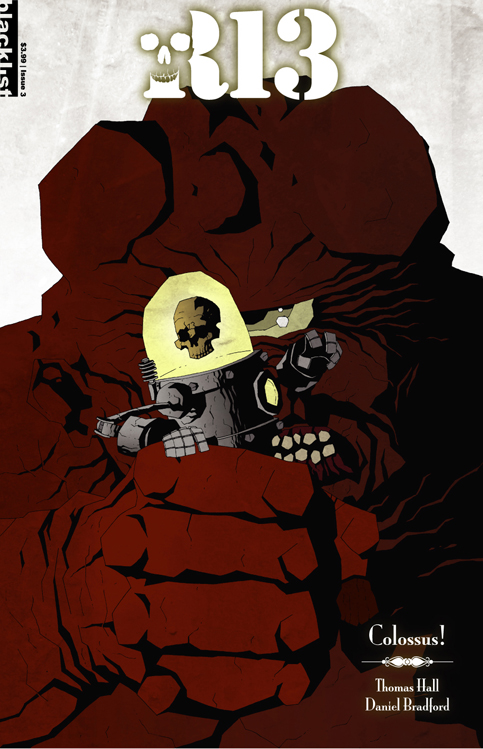
Hey, maybe I should have explained THIRD ISSUE RECAP on this actual third issue. Ah, well, no changing it now. This is another one that involves comics that are inaccessible to me at this point, so I may b a bit vague.
R13 (okay, this is probably the lead character’s name, though I can’t recall him being referred to by it yet) is to all appearances a robot body topped by a dome. Floating in the dome is a human skull with the number 13 inscribed on its forehead. He’s got a mysterious past: so far we know that he’s come from the island of Crete and that’s about it. Oh, and he’s got these terrific spindly limbs that look fantastic while he’s leaping around chopping dudes.
R13’s calling, or perhaps his fate, is to be a monster-fighter. Thusfar he has had run-ins with a sea monster, a phoenix and, this issue, a Cyclops. All of this monster-mashing has earned him the enmity of Echidna, mother of monsters in Greek myth and half snake/half lady any way you shake it. More fighting ensues.
There’s no question that I am a fan of the Big Dudes Punching Creatures school of graphical entertainment, and R13 certainly succeeds on that front, but beyond that he is a genuinely charming character – he has essentially no memory of who or what he is and comes of as confused and uncertain but just basically a good guy. This is pretty remarkable, now that I think of it – Character is Searching For Identity and Purpose is all to frequently translated to Character is Self-Obsessed and Whiney. Good show!
Today’s I Am Bored drawing is R13!
Superman No. 698 - Does anyone else think that the layout of the cover on this sucker is really reminiscent of Mike Mignola? Maybe it’s just all of the hanging cities in the background. Man, I’m really enjoying these. I wish that Blackest Night had gotten to be this self-contained.
Orc Stain No. 2 - Man, this comic is great. I don’t even think it came out this week, but I got my copy of issue 2 yesterday and I want to reiterate what an insanely detailed, absurdly creative, huge world James Stokoe has put together here. The creativity inherent in the designs of the crazy organic technology alone is worth checking out, but there’s going to be an incredible gonzo fantasy story playing out over the course of this series. I can feel it in my bones.
There, I’m all done! (Turns around, notices three books he bought this week, blanches) Uh, I mean: here’s some more!
Widgey Q. Butterfluff
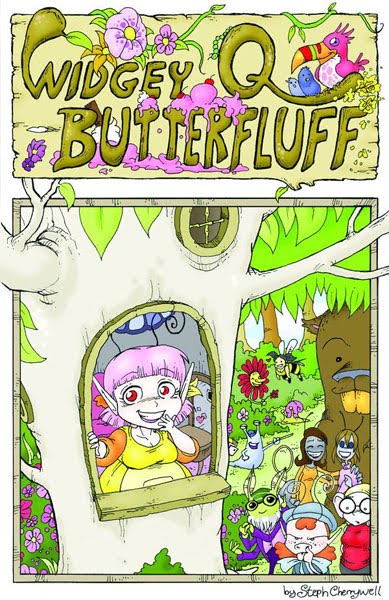
I have no idea if they’re still making children’s cartoons in the “exceedingly happy utopian community of tiny creatures occasionally menaced by generic evil” vein, but basically every second show that I watched as a youth fit that description, so I was powerless to resist this book.
It features – you guessed it – an exceedingly happy utopian community of tiny creatures. You have your heroine, Widgey Q Butterfluff, her male counterpart (and most amusing character) Buster B. Gooseberry, obligatory general scientician Professor Schoolbug and generic evil Lord Meanskull. Everything in SnugglePump Valley is bright and happy and anthropomorphic!
I hate to use the term subversive, but mainly because it’s misused so frequently. In this case: completely appropriate. Steph Cherrywell has done a hell of a job of subverting the ideas behind children’s cartoons, from the suspect motivation of the polluting villain to the concept of using caring as a fuel source. And it’s funny! And it still manages to be kind of sweet even while satirizing the concept of cartoons with twee sweetness as their core concept!
Hooray!
The Book of Grickle
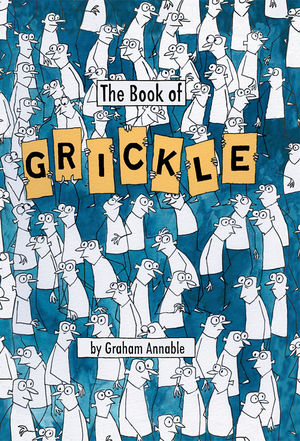
I first ran into G
rickle in a library copy of an earlier collection by Graham Annable, possibly also called
Grickle, and am extraordinarily glad to have a chance to squirrel this away into my book pile.
Grickle is hard to quantify. The characters look like gag cartoon characters and they sometimes act like such. They frequently inhabit worlds filled with wacky gag cartoon-style antics. They emote like real people, though, both facially and in that they feel love, despair and simple joys. It’s a funny and sometimes poignant comic full of seemingly simple pictures that you will find yourself going back to study several times after you’ve technically finished reading.
Sadly, this collection does not include “Party Ass”, my favourite Grickle comic. Fingers crossed for next time.
I’m sleepy! Ye shall live in suspense over what the third book was! Forever!
 It’s way past the third issue, but I’m going to do it anyway! I am going to kick off my new THIRD ISSUE RECAP, designed to strike a balance between my own hatred of spoilers and my friend Tubby’s assertion that my reviews can read like I assume that everyone has already read the comic that I’m talking about.
It’s way past the third issue, but I’m going to do it anyway! I am going to kick off my new THIRD ISSUE RECAP, designed to strike a balance between my own hatred of spoilers and my friend Tubby’s assertion that my reviews can read like I assume that everyone has already read the comic that I’m talking about. Hey, maybe I should have explained THIRD ISSUE RECAP on this actual third issue. Ah, well, no changing it now. This is another one that involves comics that are inaccessible to me at this point, so I may b a bit vague.
Hey, maybe I should have explained THIRD ISSUE RECAP on this actual third issue. Ah, well, no changing it now. This is another one that involves comics that are inaccessible to me at this point, so I may b a bit vague.

 I have no idea if they’re still making children’s cartoons in the “exceedingly happy utopian community of tiny creatures occasionally menaced by generic evil” vein, but basically every second show that I watched as a youth fit that description, so I was powerless to resist this book.
I have no idea if they’re still making children’s cartoons in the “exceedingly happy utopian community of tiny creatures occasionally menaced by generic evil” vein, but basically every second show that I watched as a youth fit that description, so I was powerless to resist this book. I first ran into Grickle in a library copy of an earlier collection by Graham Annable, possibly also called Grickle, and am extraordinarily glad to have a chance to squirrel this away into my book pile.
I first ran into Grickle in a library copy of an earlier collection by Graham Annable, possibly also called Grickle, and am extraordinarily glad to have a chance to squirrel this away into my book pile.
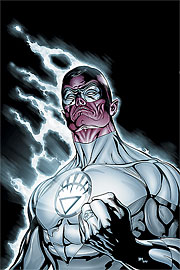 Spoilers! Spoilers aplenty! Read no further if you care about such things!
Spoilers! Spoilers aplenty! Read no further if you care about such things!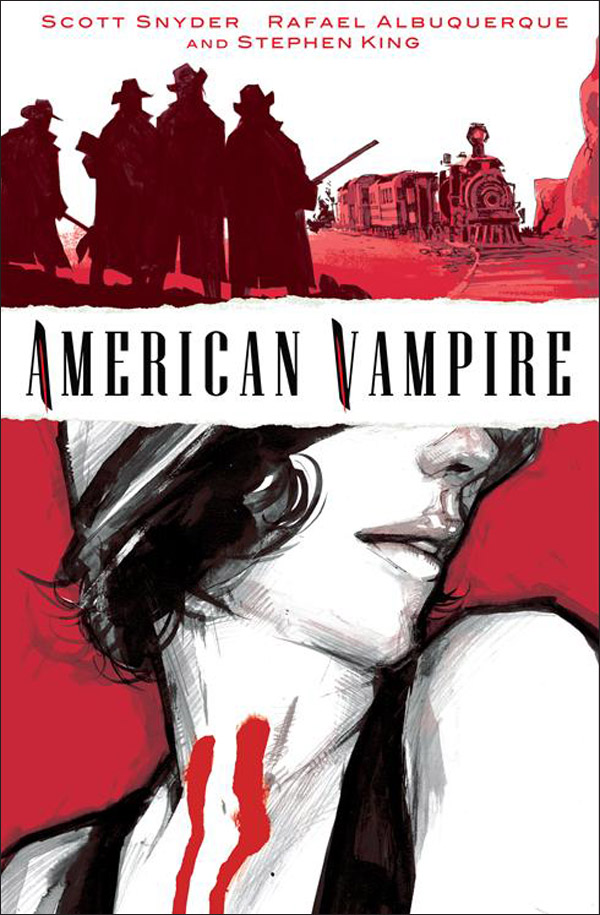
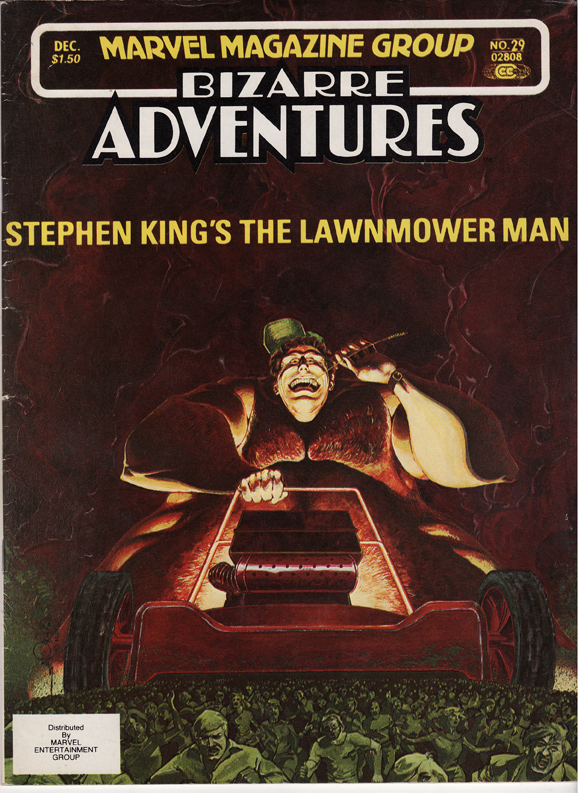








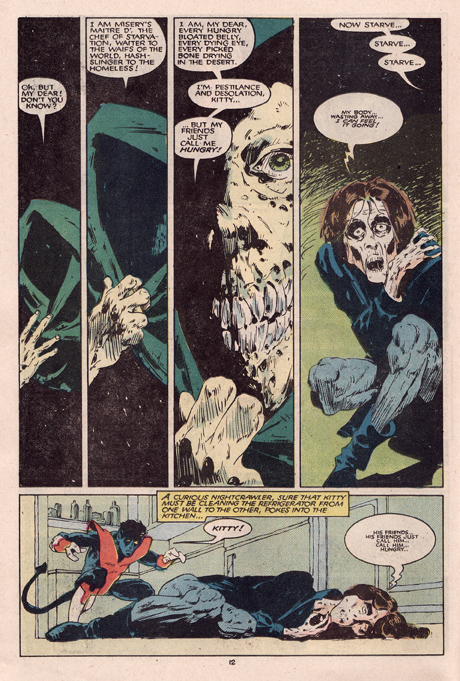
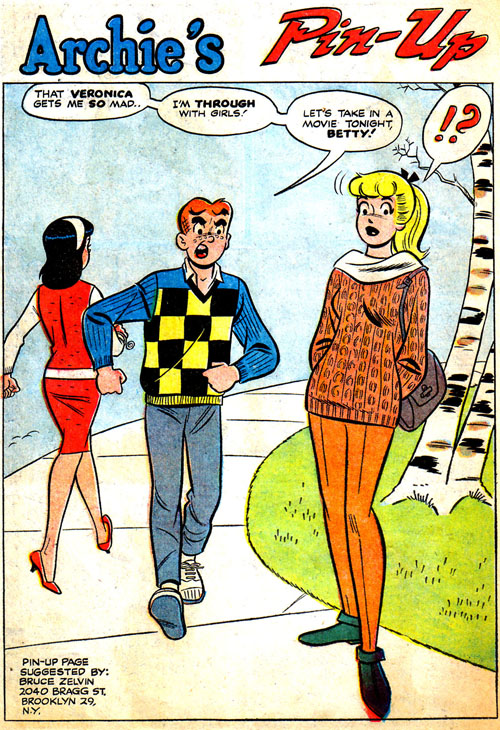

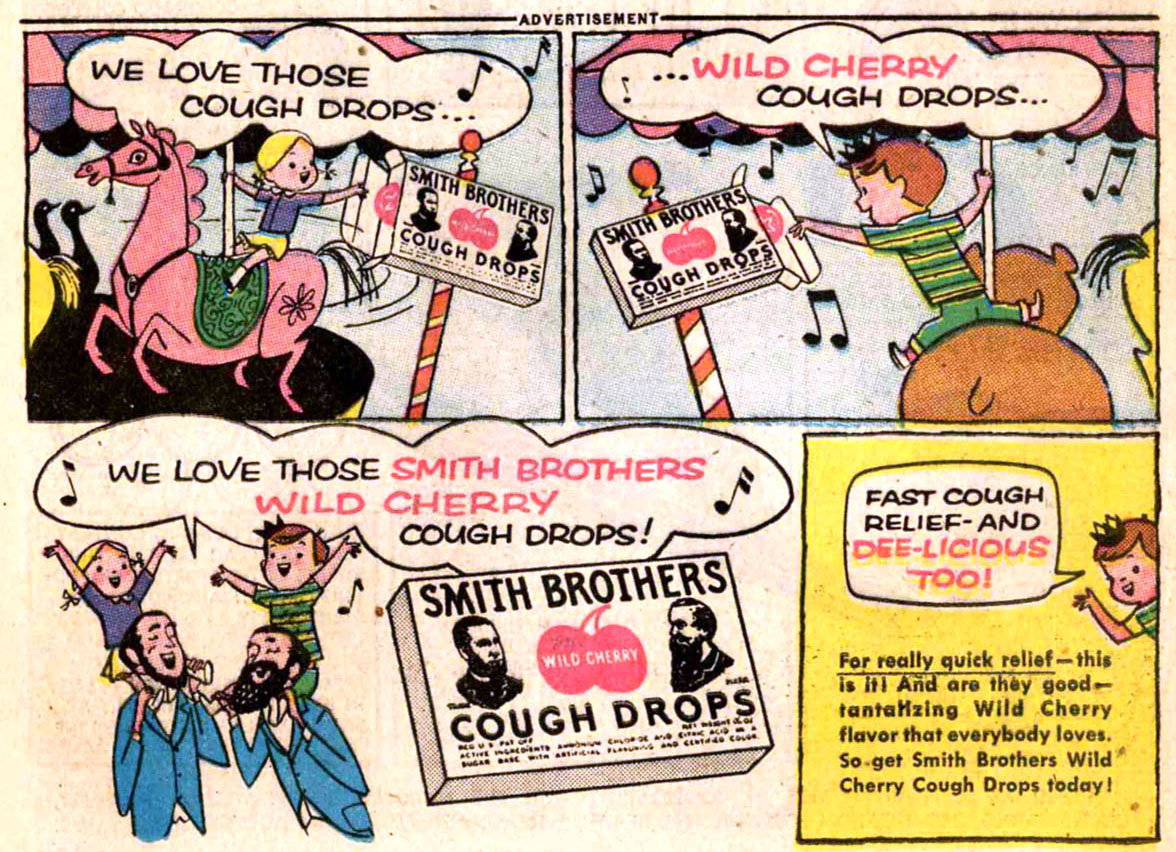
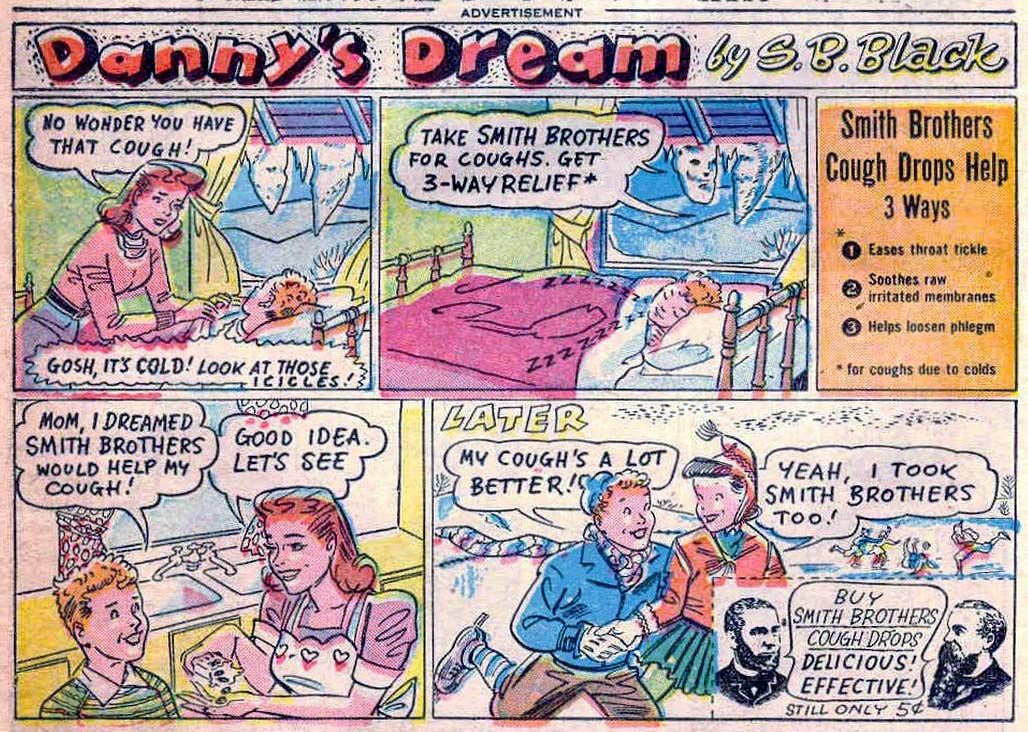
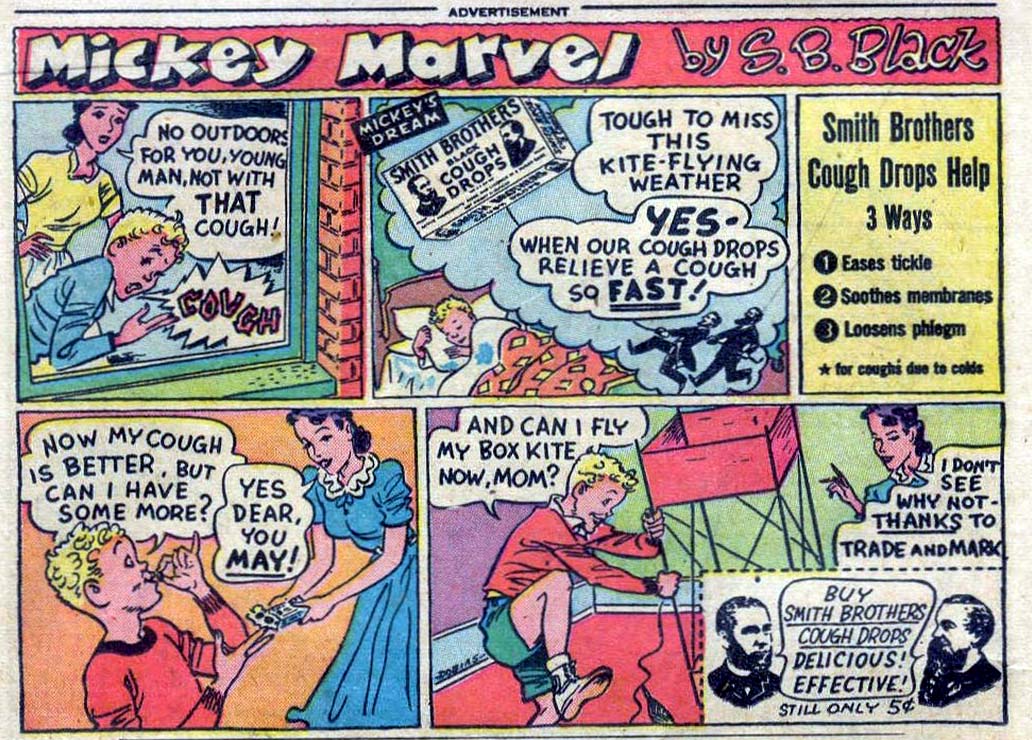
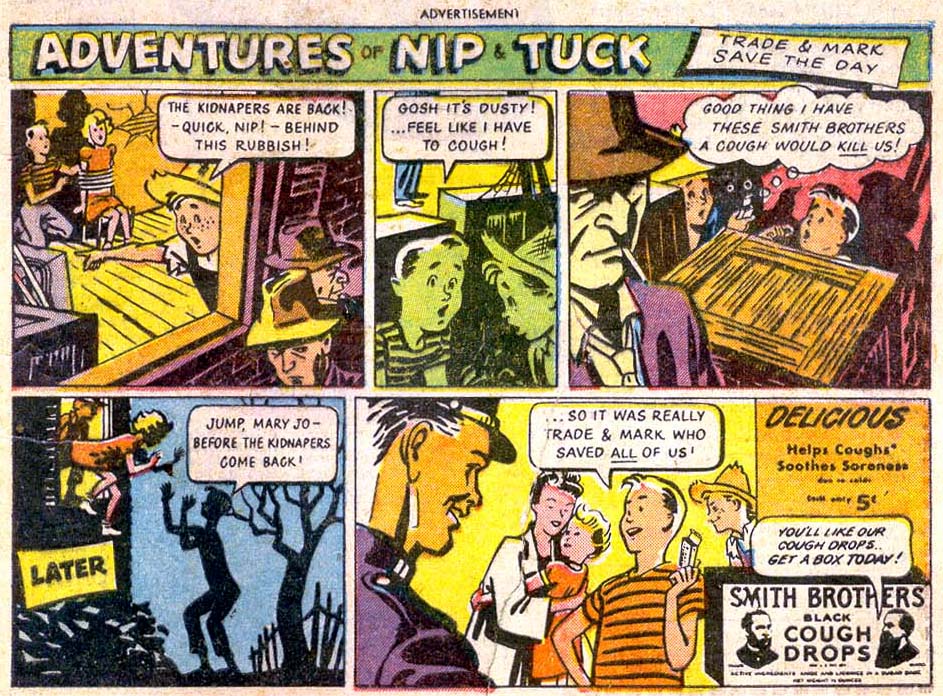
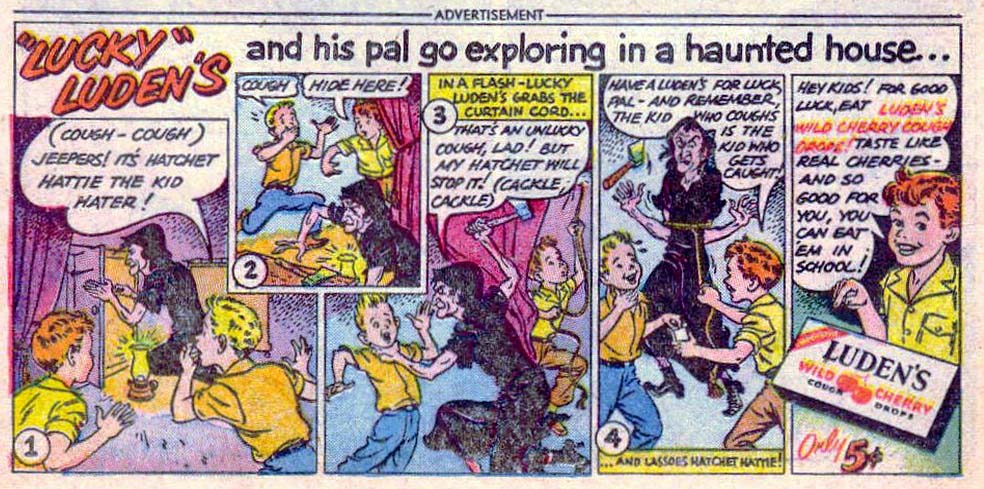
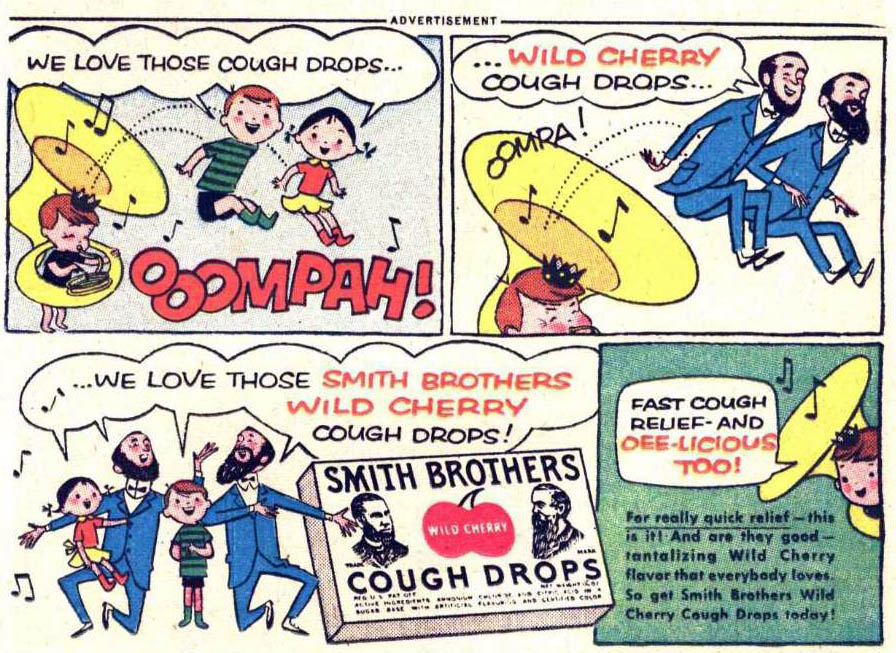
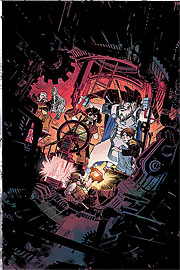 This is a fantastic comic, and it just keeps getting better. If you’re not already reading this series, well, I think that you should be. Here are the basics:
This is a fantastic comic, and it just keeps getting better. If you’re not already reading this series, well, I think that you should be. Here are the basics: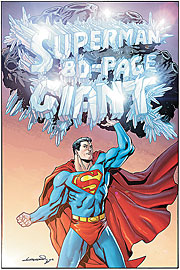 Superman 80-Page Giant No. 1 - You know what I like? Anthology comics that don’t have any stinkers in them. And this didn’t! Everything looked nice, all of the stories featured Superman being a really cool, really human guy and there were a fair number of fun ideas, like the story that was just a bunch of bank robbers talking about the relative downsides of being apprehended by various super-heroes, or the idea that a bored Superman might toss a piano out the window just for the fun of swooping in and rescuing it from destruction. And it lasted me through the bulk of my lunch break!
Superman 80-Page Giant No. 1 - You know what I like? Anthology comics that don’t have any stinkers in them. And this didn’t! Everything looked nice, all of the stories featured Superman being a really cool, really human guy and there were a fair number of fun ideas, like the story that was just a bunch of bank robbers talking about the relative downsides of being apprehended by various super-heroes, or the idea that a bored Superman might toss a piano out the window just for the fun of swooping in and rescuing it from destruction. And it lasted me through the bulk of my lunch break!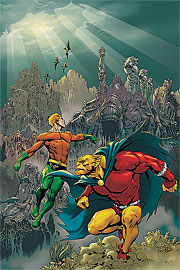 The Brave and the Bold No. 32 - Okay: Aquaman and the Demon is a pretty great teamup. It’s almost like this book and the cartoon of the same name got their casting mixed up. Maybe the sailor was originally Batman? More importantly, though, the plot concerns an evil extra-dimensional entity that invades our world and forms an army from the bodies of the dead, and it resolves in one issue. Did DC just kick its own ass?
The Brave and the Bold No. 32 - Okay: Aquaman and the Demon is a pretty great teamup. It’s almost like this book and the cartoon of the same name got their casting mixed up. Maybe the sailor was originally Batman? More importantly, though, the plot concerns an evil extra-dimensional entity that invades our world and forms an army from the bodies of the dead, and it resolves in one issue. Did DC just kick its own ass?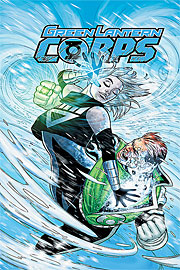 Green Lantern Corps No. 46 - And speaking of the event du jour, do Guy Gardner and his ragtag band of misfits in this book seem way more competent than the all-star team over in Blackest Night? There just seems to be a lot less flailing around and screwing up and a lot more... good plans that actually work, especially as this comic seems to be happening in a much longer period of time (by which I mean that Hal Jordan and co. eff things up about seventy times in a half hour or so, from what I can tell). Also: fridgeform Black Lantern!
Green Lantern Corps No. 46 - And speaking of the event du jour, do Guy Gardner and his ragtag band of misfits in this book seem way more competent than the all-star team over in Blackest Night? There just seems to be a lot less flailing around and screwing up and a lot more... good plans that actually work, especially as this comic seems to be happening in a much longer period of time (by which I mean that Hal Jordan and co. eff things up about seventy times in a half hour or so, from what I can tell). Also: fridgeform Black Lantern! 


